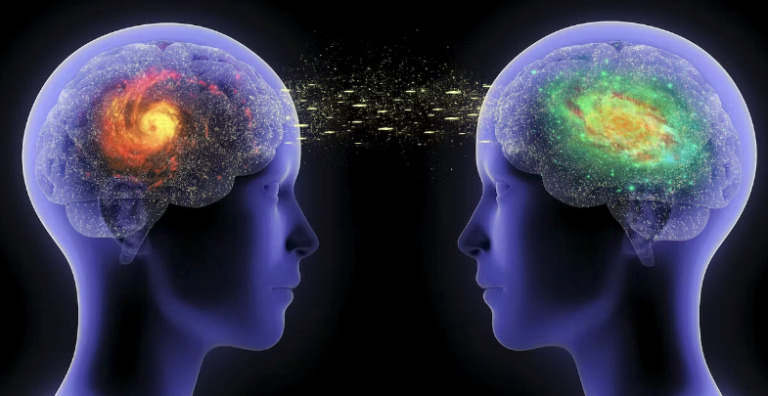The future of image recognition and SEO
You may have noticed that when you search for something on Google, not only relevant text results but also images come up. Have you ever wondered how Google knows which images to show? The answer is image recognition. SEO professionals know that image recognition can greatly benefit your business if used correctly. Search engines like Google use image recognition to identify the subject matter of an image and then match it with related searches. In order for image recognition to work properly, the images on your website need to be high quality and have appropriate keywords associated with them. By making sure your website’s images are search engine friendly, you can ensure that your business is being seen by potential customers.

Use proper keyword tags, filenames, and descriptions. This will make it easier for image search engines to find your products and services when customers are searching for what you offer. Image SEO should be a key part of your marketing strategy, as it can help you reach a wider audience and generate more leads.
How is image recognition being used currently
Search engines are able to index images based on their content, making it easier for users to find what they’re looking for. As a result, businesses are increasingly using images to improve their search engine rankings. In addition, image recognition is also being used by social media platforms such as Facebook and Instagram to provide users with targeted content. By analyzing the content of an image, these platforms are able to suggest similar content that the user might be interested in. As image recognition technology continues to evolve, it is likely that its applications will become even more widespread.
How image recognition affects SEO
Image recognition is a process that allows Google Lens and other similar tools to identify an object, person, or scene in a picture. Google Lens can recognize objects and landmarks in photos and use that information to provide relevant search results. For example, if you take a picture of a dog, Google Lens might show you search results for “breeds of dogs” or “dog shelters near me.”
This technology is changing the way people use Google to find information, and it’s also having a major impact on SEO. Google is now taking the context of images into account when ranking search results, so it’s more important than ever for businesses to include high-quality images on their websites. In addition, Google Lens can be used to scan QR codes and text from images, so businesses should make sure their QR codes and website text are clear and easy to read. By understanding how Google Lens works, businesses can make sure their website is optimized for both image recognition and SEO. As Google continues to develop its image recognition capabilities, this technology will likely become increasingly important for users and businesses.
How image recognition can benefit your business
What Impact Does Google Lens Have on SEO?
John Mueller answered this question in one of his Google SEO office hours sessions:
From an SEO point of view, there’s nothing you can do manually, but if your images are indexed, we can find them and highlight them when someone uses that type of search. So there’s no direct impact on SEO, but if you do everything right, if your content can be found in search, if your content contains images, and if those images are relevant, then we can drive visitors to those images and your content in different ways.
As a business owner, you’re always looking for ways to get ahead of your competition. One way you can do this is by understanding and utilizing image recognition technology. This technology can be used to improve your SEO efforts and help your business be found more easily in search engine results.
For example, users may be enjoying a delicious dinner at the neighbor’s house when they suddenly notice a piece of furniture with a design that catches their attention. Instead of asking where they can get it, they take a photo, and Google Lens will tell them the nearest store and the price at which they can buy it. This case can occur with a t-shirt, a pair of shoes, a car, etc. There are plenty of opportunities to increase your traffic and conversion by optimizing your product pages for Google. Being an early adopter of this technology can give your business a significant advantage over your competitors.
Tips of good image recognition practices
There are a few best practices that you should follow:
- Make sure that your images are high-quality and well-lit.
Google Lens relies on artificial intelligence to identify objects in an image, so providing a clear and sharp image will help Google Lens achieve the best results.
- Avoid using filters or editing your images in a way that could distort the object you’re trying to capture.
GoogleLens is designed to work with unedited images, so adding a filter could reduce the chances of your image being recognized.
- Optimize your images for SEO.
Just as you would with any other image you use on your website or blog, be sure to include keywords and descriptive text that will help Google’s search engine find and index your image. By following these simple tips, you can ensure that Google’s image recognition technology will be able to properly identify and categorize your photos.
Conclusion
Images are an important part of any website as they can help improve the user experience. However, did you know that images can also help improve your website’s SEO? That’s right – by optimizing your images for search engines, you can make sure that your website appears higher up in the search results. And what’s more, image SEO is relatively easy to do. So if you want to make sure that your website is getting seen by as many people as possible, then make sure you start optimizing your images for SEO!

Gustavo Robledo
Share
Recent Articles

Sustainable Marketing: Long term Sustainability Success
Previous Post Sustainable Marketing in the Digital World: Embracing Sustainability for long term Success In today’s digital era of constant connectivity, marketing has evolved into

Google Analytics 4. Collecting data in 2023
Previous PostNext Post Google Analytics 4 (GA4) and the new way of collecting data in 2023 In an era driven by data, businesses are increasingly

Communication in project management: easier said than done?
Previous PostNext Post Communication in project management: easier said than done? Communication is the foundation of Project Management. But, what is the ‘right’ way to
